43 case labels in c
Error: case label does not reduce to an integer constant in C This is an example of switch case in C programming language, switch case is used to check/jump on matched case value and then it executes given statement in the case block. In the switch case statement, a case can only have integral constant values i.e. integer or character type constant value. We cannot use any variable as case value. Scoped case statement in C++: purpose of cross-scope case labels? The case labels are just labels, destinations for (compiler-generated) gotos. In the same way as ordinary labels have function scope, case labels have switch scope. The only reasonable advantage is Duff's Device, which however is not very relevant on modern computers. So, it's historical. A case of "frozen history". Cheers & hth., Share
The switch statement - IBM A switch statement is a selection statement that lets you transfer control to different statements within the switch body depending on the value of the switch expression. The switch expression must evaluate to an integral or enumeration value. The body of the switch statement contains case clauses that consist of . A case label; An optional default label; A case expression
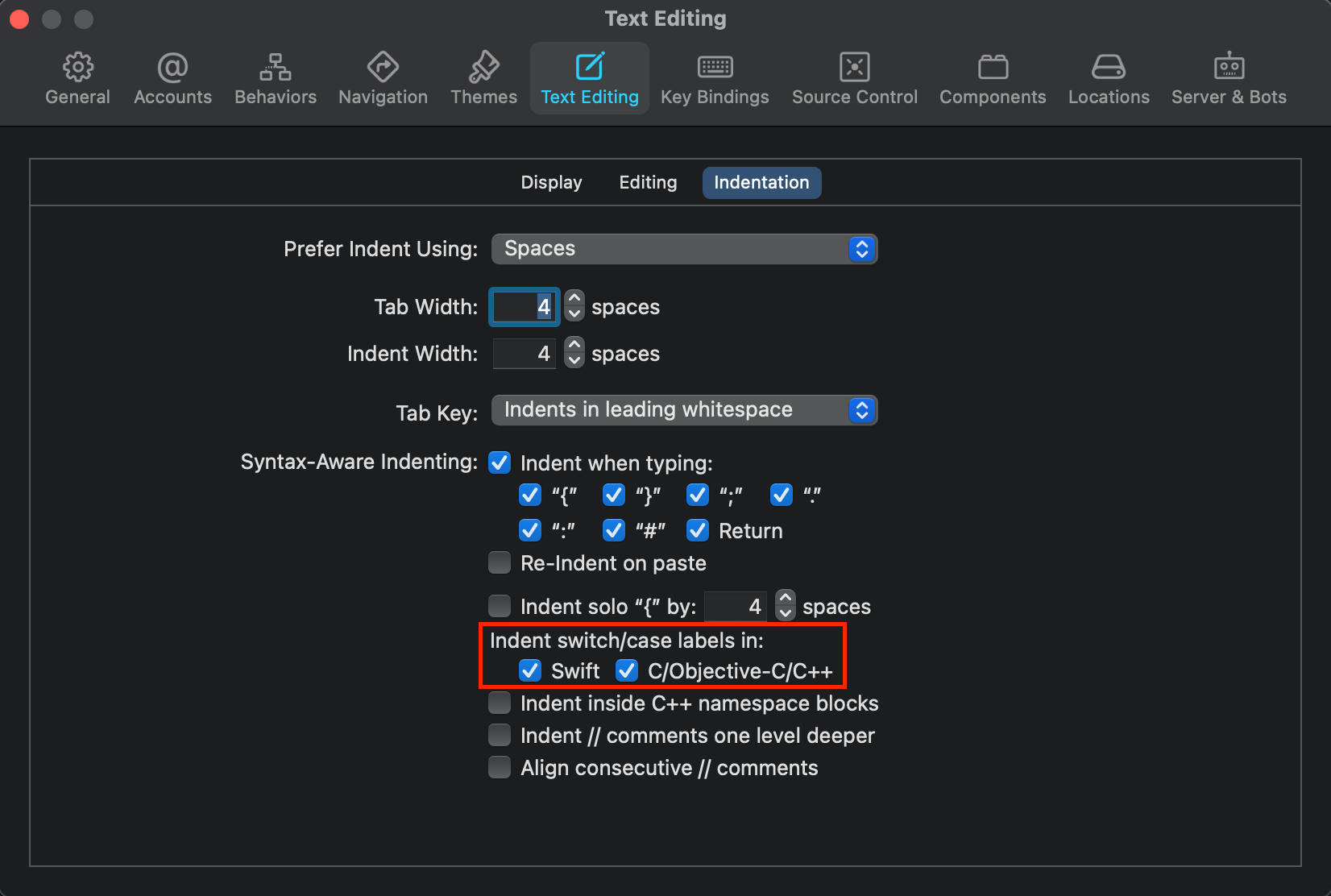
Case labels in c
switch…case in C (Switch Statement in C) with Examples - Guru99 Case labels must be constants and unique. Case labels must end with a colon ( : ). A break keyword must be present in each case. There can be only one default label. We can nest multiple switch statements. Summary A switch is a decision making construct in 'C.' A switch is used in a program where multiple decisions are involved. C - Case control statements | Learn C Programming online ... The statements which are used to execute only specific block of statements in a series of blocks are called case control statements. There are 4 types of case control statements in C language. They are, switch break continue goto 1. switch case statement in C: switch...case in C Programming The expression is evaluated once and compared with the values of each case label. If there is a match, the corresponding statements after the matching label are executed. For example, if the value of the expression is equal to constant2, statements after case constant2: are executed until break is encountered.
Case labels in c. Switch Case in C - Computer Notes The switch case in C is a multi-way decision-making statement which selects one of the several alternatives based on a set of fixed values for a given expression. The switch case is mainly used to replace multiple if-else statements. The use of numerous if-else statements causes performance degradation as several conditions need to be evaluated before a particular condition is satisfied. case labels - C / C++ The language requires case labels to be compile time constants. There really isn't a concept to elaborate on. Unless you want to know *why* the standard imposes this requirement. The code generated for a switch statement is typically a static jump table (though it doesn't have to be). The advantage of this is that Error Jump To Case Label With Code Examples - folkstalk.com A case label contains the word case followed by an integral constant expression and a colon. The value of each integral constant expression must represent a different value; you cannot have duplicate case labels. Anywhere you can put one case label, you can put multiple case labels. How do you fix a undefined reference in C++? C switch...case (with examples) - Algbly The default keyword is responsible for executing the piece of code if no matching case labels are found. Choosing data type for the case labels in switch statements The data type of case labels of the switch statement in C++ can be either an integer or character type. The case label can be either a constant variable or a constant expression.
Label (computer science) - Wikipedia Case labels are used to associate an integer value with a statement in the code. When a switch statement is reached, program execution continues with the statement after the case label with value that matches the value in the parentheses of the switch. c - switch case: error: case label does not reduce to an integer ... In C. all case labels must be compile time constants. In C, the const qualifier does not create a compile-time constant, it merely designates that a run-time variable is read-only. A switch is not the appropriate control structure for what you're trying to do. Share answered Dec 28, 2012 at 12:45 John Bode 114k 18 115 190 Add a comment 0 Maximum number of cases under switch-case statement we test each case label during runtime by running the second piece of code here which gets use of our switch statement that contains all the case labels we generated. when the loop is run, the switch statement is provided all the numbers in the limit one by one in incremental order, so that each corresponding case label would be able to catch ... Jump to Case Label in the switch Statement | Delft Stack The code generates an error Jump to case label as the value of i is visible to the other cases. A case is just a label and therefore doesn't restrict the scope of the code written next to it. Hence, if case 2 is executed during execution, i will be an uninitialized variable. So, a strongly typed language like C++ will never allow this to happen.
Local Labels in C - GeeksforGeeks In such cases local labels are useful. The above problem can be avoided by using local labels. A local label are declared as below: __label__ label; Local label declarations must come at the beginning of the block, before any ordinary declarations or statements. Below is C example where a macro IS_STR_EMPTY () is expanded multiple times. [Solved]-Error: Jump to case label in switch statement-C++ The problem is that variables declared in one case are still visible in the subsequent cases unless an explicit { } block is used, but they will not be initialized because the initialization code belongs to another case.. In the following code, if foo equals 1, everything is ok, but if it equals 2, we'll accidentally use the i variable which does exist but probably contains garbage. n the C code, the case labels did not span a | Chegg.com Expert Answer. Transcribed image text: n the C code, the case labels did not span a contiguous range, and some cases had multiple labels. In the function that follows, we have omitted the body of the switch statement. 1 vold switch2 (long x, long "dest) { long val = 0; switch (x) { 1 Body of switch statement omitted ) 'dest = val; In compiling ... case keyword — Case label for switch statement - C++ In a Nutshell [Book] The case keyword labels a statement in a switch statement. A single statement can have multiple labels. You cannot use case outside of a switch statement. Note that case labels have no effect on the order in which substatements are executed within a switch statement. Use the break statement to exit from a switch statement. Example
goto statement in C - tutorialspoint.com A goto statement in C programming provides an unconditional jump from the 'goto' to a labeled statement in the same function.. NOTE − Use of goto statement is highly discouraged in any programming language because it makes difficult to trace the control flow of a program, making the program hard to understand and hard to modify. Any program that uses a goto can be rewritten to avoid them.
afn.netAmerican Family News Aug 02, 2022 · Legal-Courts City famous for role in nation's founding will let Christian flag fly. A flag-raising ceremony planned for August 3 in Boston is not just a typical event – it comes after a hard-won court fight over discrimination in the city that birthed the American Revolution.
Data type of case labels of switch statement in C++? Data type of case labels of switch statement in C++? In C++ switch statement, the expression of each case label must be an integer constant expression. For example, the following program fails in compilation. /* Using non-const in case label */. #include. int main () {. int i = 10; int c = 10;
7.4 — Switch statement basics - Learn C++ - LearnCpp.com Following the conditional expression, we declare a block. Inside the block, we use labels to define all of the values we want to test for equality. There are two kinds of labels. Case labels. The first kind of label is the case label, which is declared using the case keyword and followed by a constant expression. The constant expression must ...
Data type of case labels of switch statement in C++? Data type of case labels of switch statement in C++? In C++ switch statement, the expression of each case label must be an integer constant expression. For example, the following program fails in compilation. Putting const before i makes the above program work. Note : The above fact is only for C++.
› moneywatchMoneyWatch: Financial news, world finance and market news ... CDC ending daily reporting of COVID case and death data The shift comes as federal health officials are bracing for a renewed wave of COVID-19 infections this fall and winter. 8H ago

ToughBuilt - Toolmate Softboxes/Tool Bag - Soft Tool Box/Case/Carrier, Label Window, Hard Body Plastic Lined Wall, Heavy Duty Mesh Window, ...
jump to case label c++ Code Example - IQCode.com jump to case label c++. JpaytonWPD. put everything in the case x: under {} brackets metti tutto quello nel case x: sotto le parentesi {} Add Own solution. Log in, to leave a comment.
Switch Case in C | C Switch Statement with Examples - Scaler The case labels case 2-4 and case 4-6 both evaluate to the same integral value '-2'. Which is not valid. Duplicate case labels are invalid in switch. 4.There can be any number of case statements with different s, but there cannot be multiple default statements. Only one default is allowed. 5.The default statement inside the switch is optional.
learn.microsoft.com › en-us › cppswitch statement (C++) | Microsoft Learn Aug 17, 2021 · The switch statement body consists of a series of case labels and an optional default label. A labeled-statement is one of these labels and the statements that follow. The labeled statements aren't syntactic requirements, but the switch statement is meaningless without them. No two constant-expression values in case statements may evaluate to ...
Explain nested switch case in C language - tutorialspoint.com In C language, we can write inner switch which is placed in an outer switch. The case values of the inner and outer switch can have common values. Rules. An expression executes to a result. Constants and unique values must be used for case labels. Case labels has to be end with a colon ( : ). A break keyword has to be included in each case.
Switch Case Statement in C - Know Program Case ranges in a switch case statement in C Generally, we use only one associated value with a case label in the switch statement. But the case can ranges. The syntax of the case range is, case lower_value ... upper_value : Values of lower and upper must be valid integer constant expressions.
Error: case label not within a switch statement in C - Includehelp.com The error: case label not within a switch statement occurs in C language with switch case statement, when switch (variable/value) statement is terminated by the semicolon (;). Example: # include < stdio.h > int main ( void ) { int choice = 2 ; switch ( choice ) ; { case 1 : printf ( " Case 1 \n " ) ; break ; case 2 : printf ( " Case 2 \n ...
C# Case Statement : Switching Between Multiple Cases Note that each case label specifies a constant value. The switch statement transfers control to the switch section whose case label matches the value of the switch expression. In case no case label contains a matching value, control is transferred to the default section if it exists.
switch...case in C Programming The expression is evaluated once and compared with the values of each case label. If there is a match, the corresponding statements after the matching label are executed. For example, if the value of the expression is equal to constant2, statements after case constant2: are executed until break is encountered.
C - Case control statements | Learn C Programming online ... The statements which are used to execute only specific block of statements in a series of blocks are called case control statements. There are 4 types of case control statements in C language. They are, switch break continue goto 1. switch case statement in C:
switch…case in C (Switch Statement in C) with Examples - Guru99 Case labels must be constants and unique. Case labels must end with a colon ( : ). A break keyword must be present in each case. There can be only one default label. We can nest multiple switch statements. Summary A switch is a decision making construct in 'C.' A switch is used in a program where multiple decisions are involved.

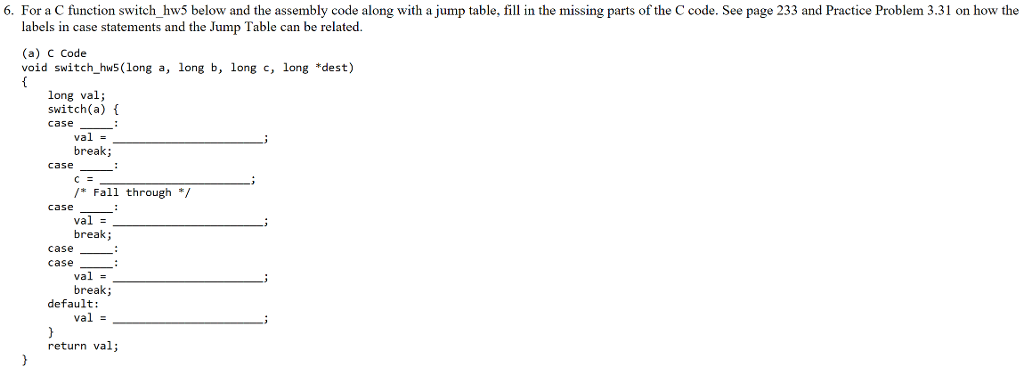
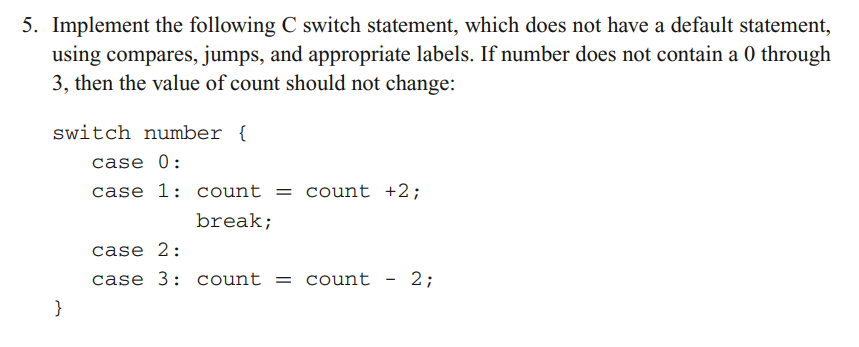

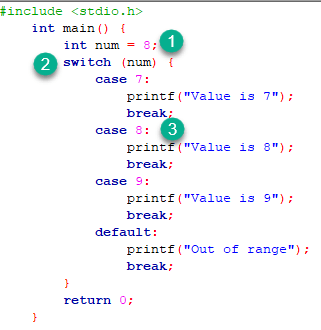
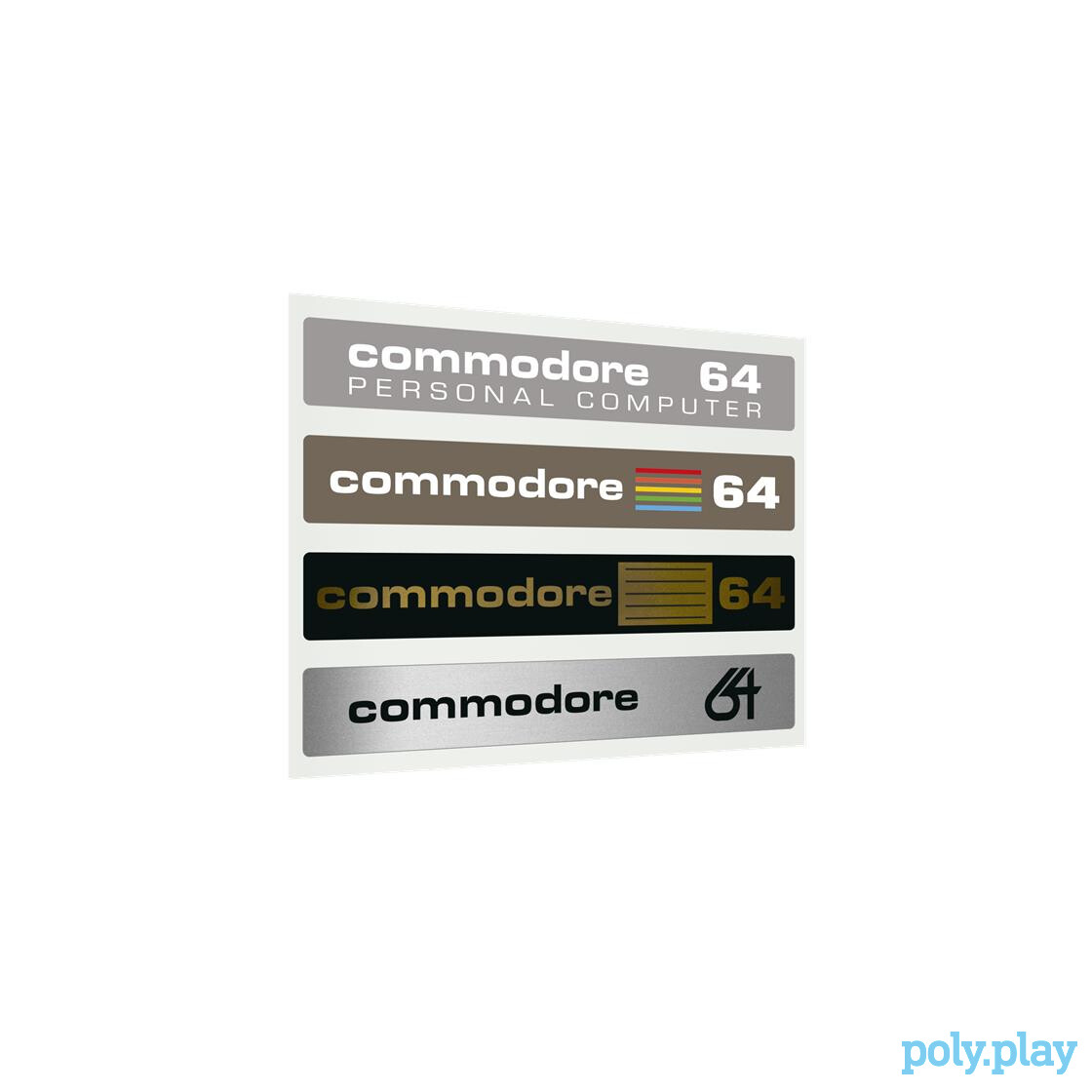




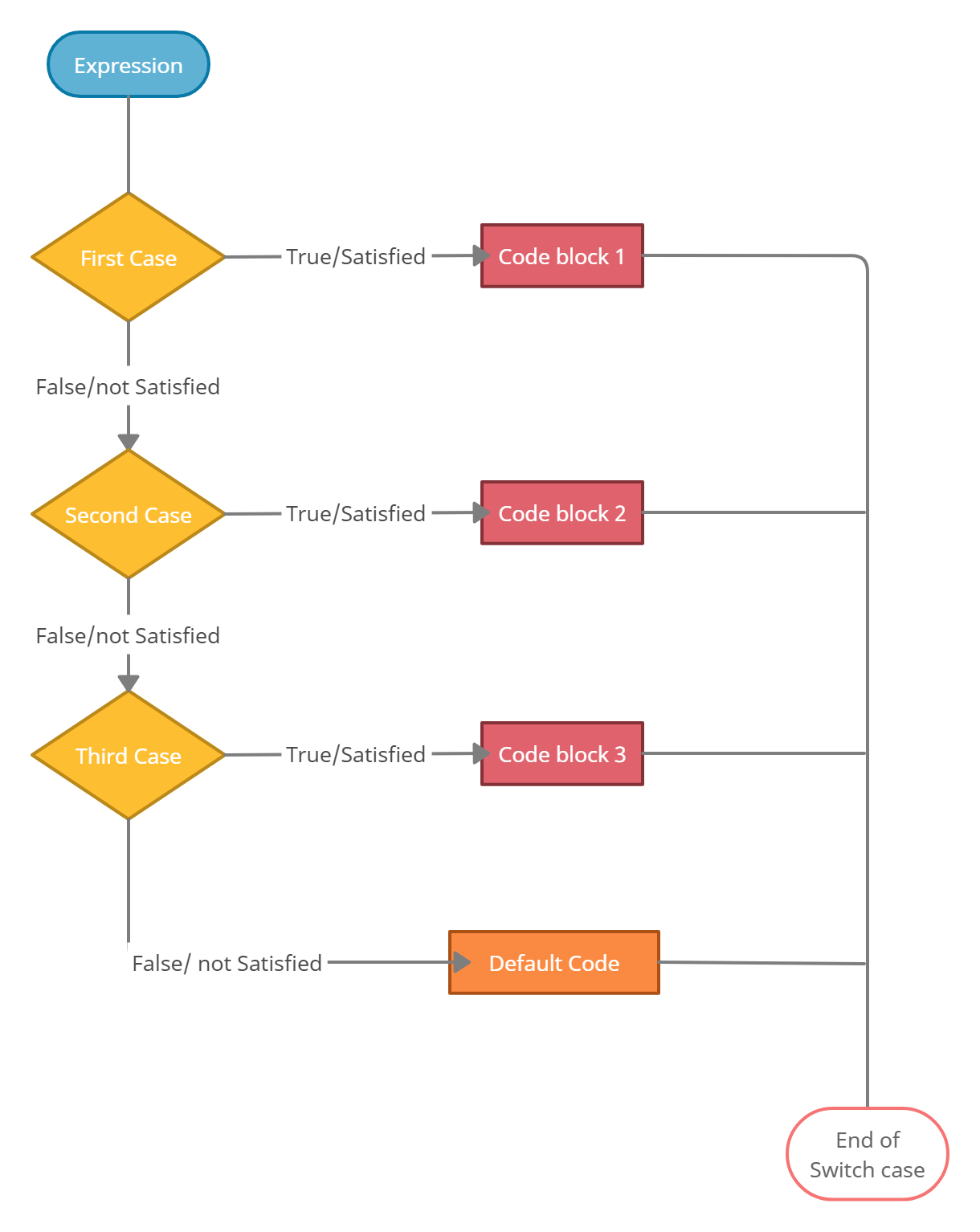





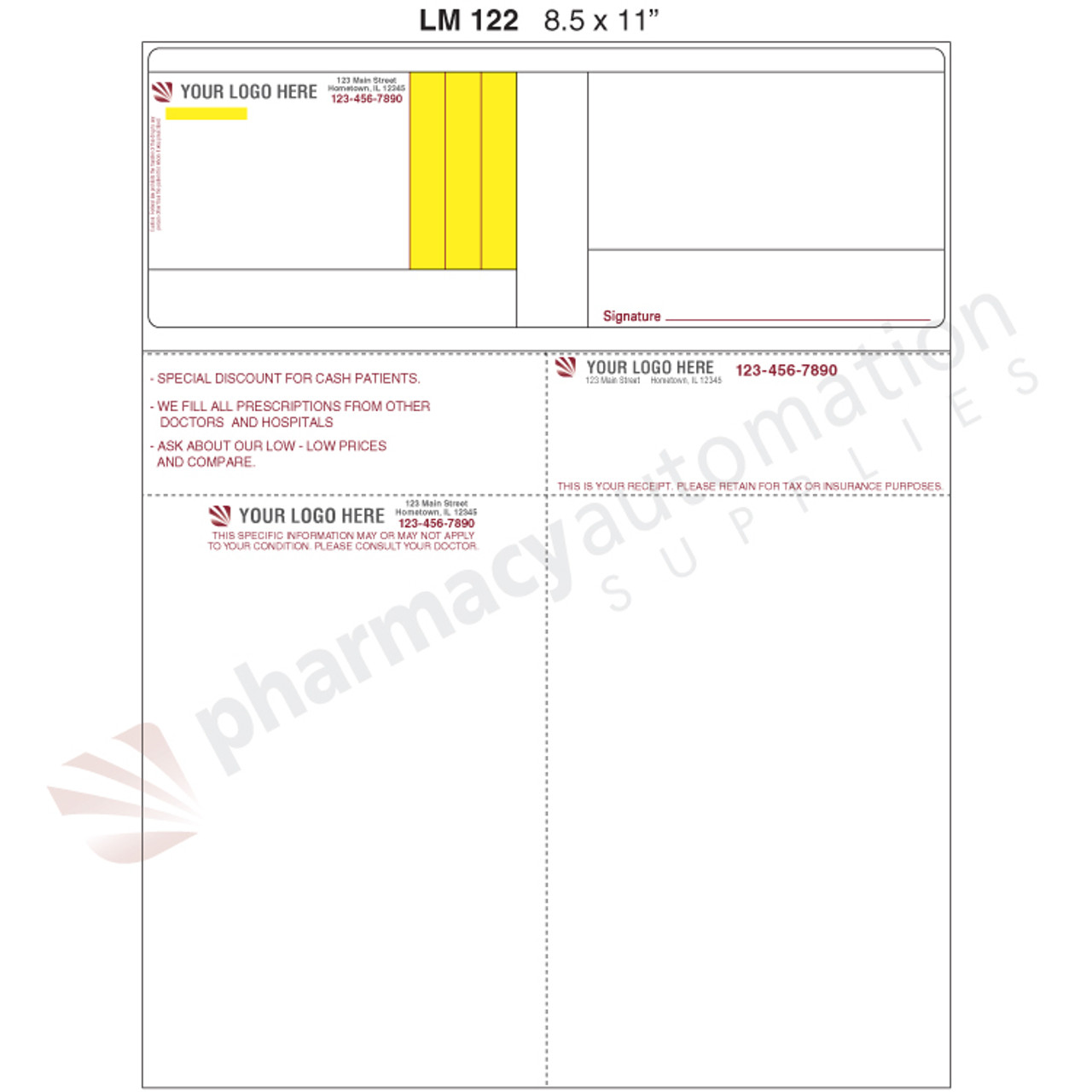

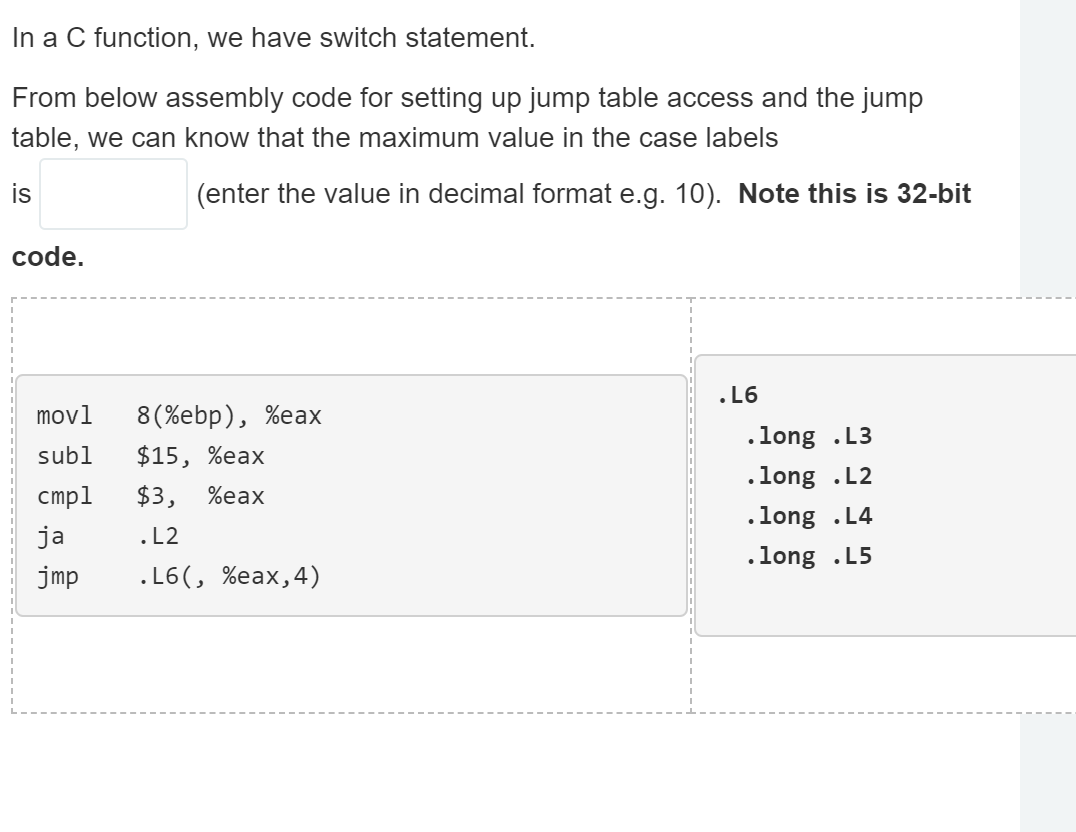









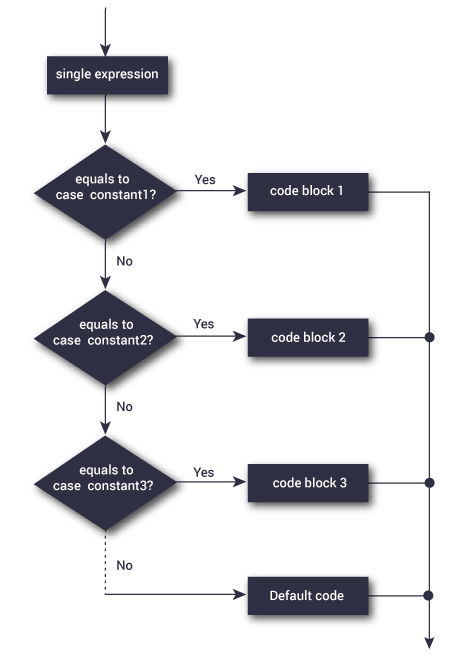




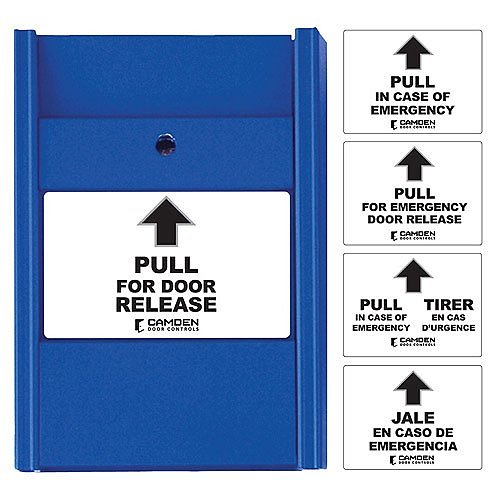

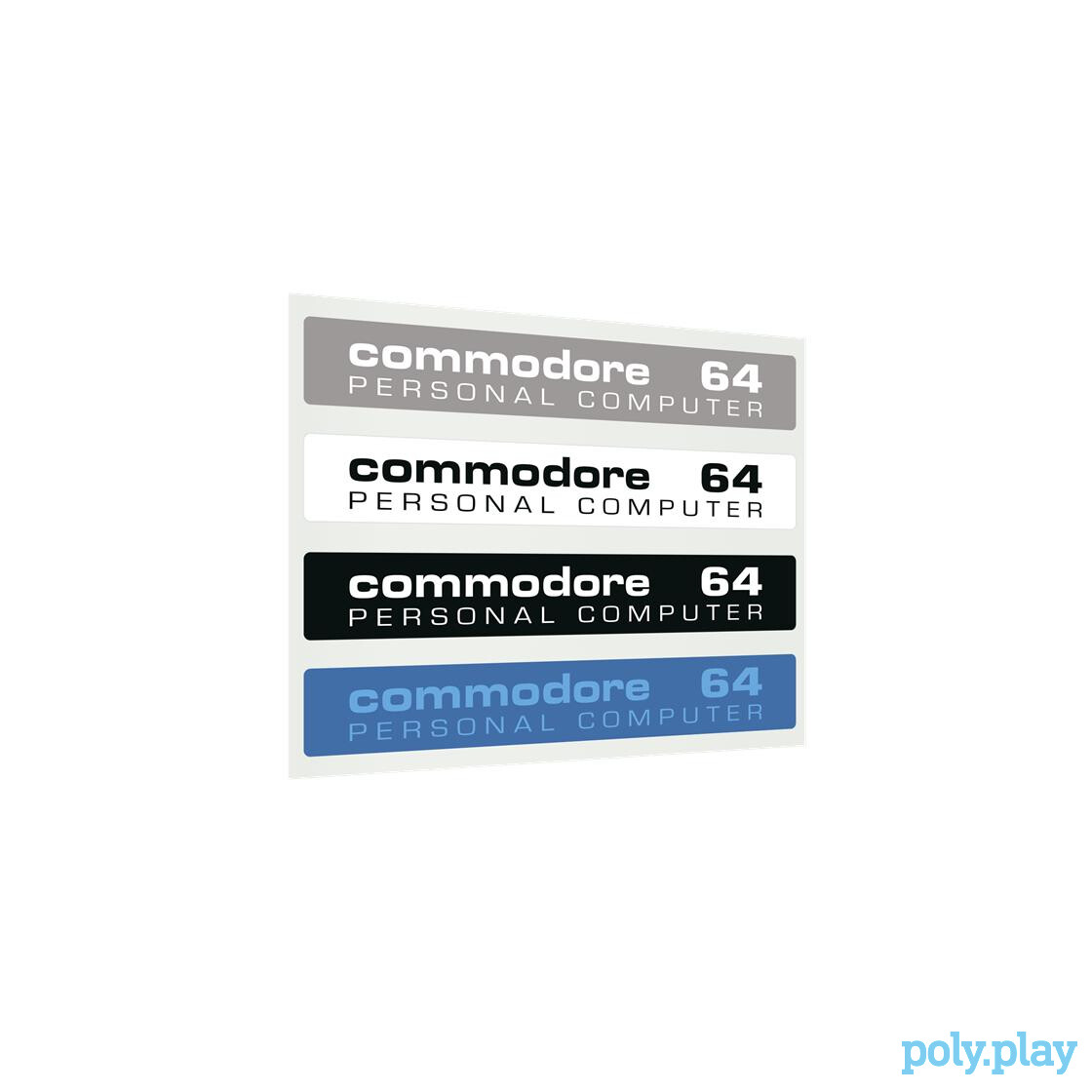



Post a Comment for "43 case labels in c"